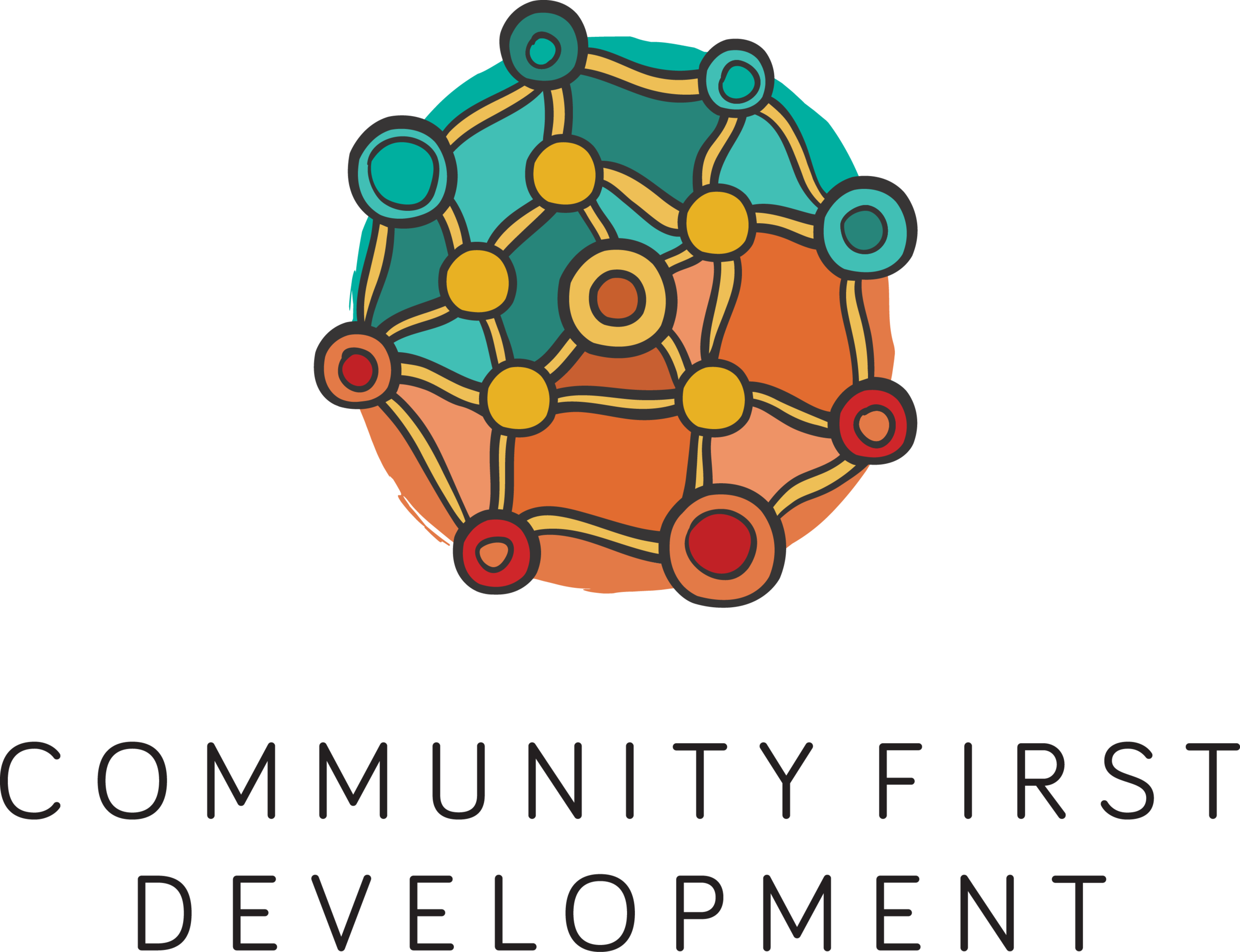Yarning is the key to First Nations’ research: developing and using a Yarning Guide
We all love a good yarn, and at Community First Development we are no exception to this. Yarning is the key and an important element when it comes to First Nations’ research.
As First Nations’ people we share stories about our ancestors and for other people, like our grandchildren. Stories also keep us up to date of what is happening in our communities. There is a depth to yarning that is embedded in spirituality, and acts as a connector to the past, present and future.
Story telling is eons old and is passed on through generations, these stories capture and inform us about our Country and mobs' obligations. Our stories have messages instilled in them, they are a strategic way forward where the past can inform the present and the future. Yarning is where we can learn and practice cultural obligations, customs and responsibilities. Yarning has a unique power to motivate and engage, because it is based on truth telling, connection across communities and generations, and it is wrapped in a practice that has integrity and purpose.
The power of a good yarn has the capacity to change beliefs, inform and guide discussions and generate good outcomes for communities.
Lessons learnt from our participatory action research
In the initial phase of our first participatory action research project, we used formal western methods in terms of interviewing communities, it became apparent that this approach was not an effective one, as the rich narrative that was required for the research was missing. A yarning approach was used during round two interviews of the first research project. As a comparison, this resulted in richer conversations.
The yarning guides we developed and used in our participatory action research since then has shown that there can be flexible discussions with community that involves a deeper narrative and a clearer understanding of how First Nations’ communities want to design their projects and the important back-story that has motivated and inspired them to approach us. Included in the yarning process is two-way learning where all involved share a connectedness to a larger ecosystem. For us as First Nations’ this is the drive of self-determination and caring for Country.
The Yarning Guide
In our current research project, a yarning guide was designed that could be easily adapted for each of the community research partners. It was important that the yarning guide would be flexible and could be tailored to suit diverse communities.
Due to the flexibility of the yarning guide, it can also be done in a virtual technological space, this has become the more preferred option due to the ongoing impacts of the COVID-19 pandemic and has been seen as a successful way to continue the yarning process despite the challenges.
With the easily adaptable individualised community approach to the yarning guide, it has allowed more interactions and depth of connection that would not be captured in an interview setting.
The yarning guide encourages stories and draws forth a rich narrative that is so important to the community, as well as adding another cultural dimension to the research. First Nations’ led research requires a First Nations’ cultural lens to be utilised and is woven into the yarning guide. When yarning in this way there are certain protocols that are maintained, sharing of Country, sharing about Ancestors, Old People and sharing about past, present and future. These are the touchstones of yarning, and at any given time as part of the yarning we go back to them as each touch stone reinforces the other and adds validity to the yarning process.
A yarning guide however cannot work in isolation, a relationship is required, relationships take time and are built with trust and reciprocity. Within Community First Development we have the Community Development Officers (CDO’S) who know the communities that they work with and have developed a rapport over time. These relationships provide a comfortable space for yarning and is an integral part of the yarning process.
First Nation Communities Voice
It was important with the development of the yarning guide that the ‘voice’ of the community was heard, understood, respected, and honoured. With these values within the yarning guide, it was recognised that yarning is a cultural process embedded in our research. It plays an important part in research that is accountable to First Nation communities and aids in our understanding and development of two-way learning. Yarning deepens and strengthens our own First Nations’ research paradigms. Yarning is self-determination in action as a culturally strong research tool that centres First Nations’ voices, knowledges, and ways of connecting.
If you would like to learn more about Yarning Research, or developing a Yarning Guide, please contact us.

